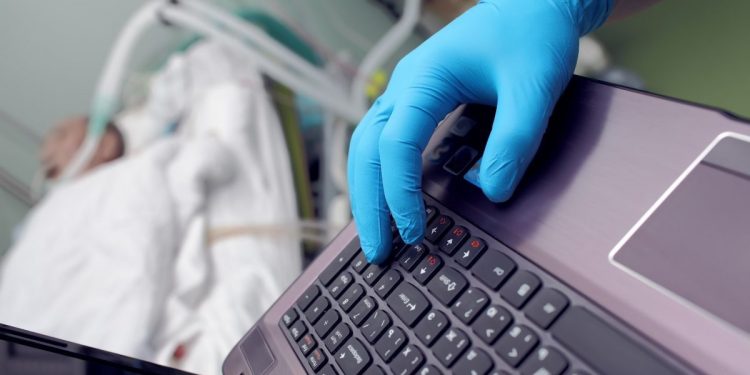Health care doesn’t have a big data problem. It has a big data opportunity, thanks to artificial intelligence. Think about the number of inefficiencies in your daily life — long lines, traffic jams, a reliance on “snail mail” for certain bills or communications. Those inefficiencies are inconvenient and annoying, yes, but they are usually not a matter of life and death. Health care is different. The need for productivity in health care is different. The potential for automation in health care is different. In fact, it’s greater.
Data: The driving force
The amount of data in health care is mind-boggling. As more traditional forms of information like patient records become electronic, we also have new sources of data being digitized — think 4D images of the body and high-resolution genomes. One study in PLOS Biology, a journal published by the Public Library of Science, forecasted that data generated by genomics alone will be on par with that generated by astronomical science, YouTube, and Twitter by 2025.
So how do we possibly make sense of all this information? Machine and deep learning can help.
Machine learning, an approach to achieve artificial intelligence, and deep learning, a subset of machine learning that trains artificial neural networks over time to provide answers to questions with near 100 percent accuracy, can process, analyze, and identify patterns in that information to help improve quality, speed, and access to care.
AI already making an impact
For example, Stanford University researchers developed an algorithm that identified thousands of objective features from pathology images of lung cancer tissue, then trained a computer software program to evaluate the samples. The computer accurately predicted the prognoses of the cancer patients from the slide pathology in a fully automated method that the researchers suggested “could provide rapid and objective survival prediction for numerous patients.”
And through a partnership GE Healthcare recently announced with UC San Francisco (UCSF), we will be developing a library of deep learning algorithms to expedite and aid differential diagnosis and improve clinical workflows, shortening time to treatment and improving patient outcomes. Once such algorithms are deployed globally as applications on the GE Health Cloud and smart GE imaging machines, clinicians around the world will have virtual access to the associated clinical expertise and workflows used to create the algorithms.*
Of course, radiology is just one of the many areas in which machine and deep learning could transform health care. Other areas for exploration include personalized medicine and drug discovery, remote monitoring through virtual nursing assistants, and natural language voice recognition software to eliminate the need for manual entry of notes into an electronic health record (EHR).
Addressing the doubt
But with all the promise, we cannot ignore the skepticism and fears that machine and deep learning bring. Health care is highly complex, regulated, and personal. Because of its unique combination of data, science, and machines and the interactions with patients’ lives, innovation in the industry requires much more than cool new gadgets or one-off apps that don’t get to the heart of challenges around cost, quality, and access.
Machine and deep learning can be the real, actionable, supporting innovation. With an aging population, increased consumer engagement, heightened demands around value-based care, and a global shortage of health care professionals, machine and deep learning has incredible potential to solve providers’ greatest pain points and address patients’ greatest needs.
Ultimately, all of us will be a patient. We’ll have friends and family who will be patients, too. Machine and deep learning is about improving the lives of individuals so that all that data — from EHRs, lab tests, genomics, and imaging — can be analyzed and leveraged in real time for the highest quality, most efficient delivery of care.
* Technology in development represents ongoing research and development efforts. These technologies are not products and may never become products. Not for sale. Not cleared or approved by the U.S. FDA or any other global regulator for commercial availability.


